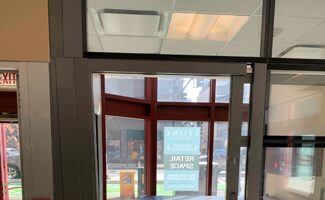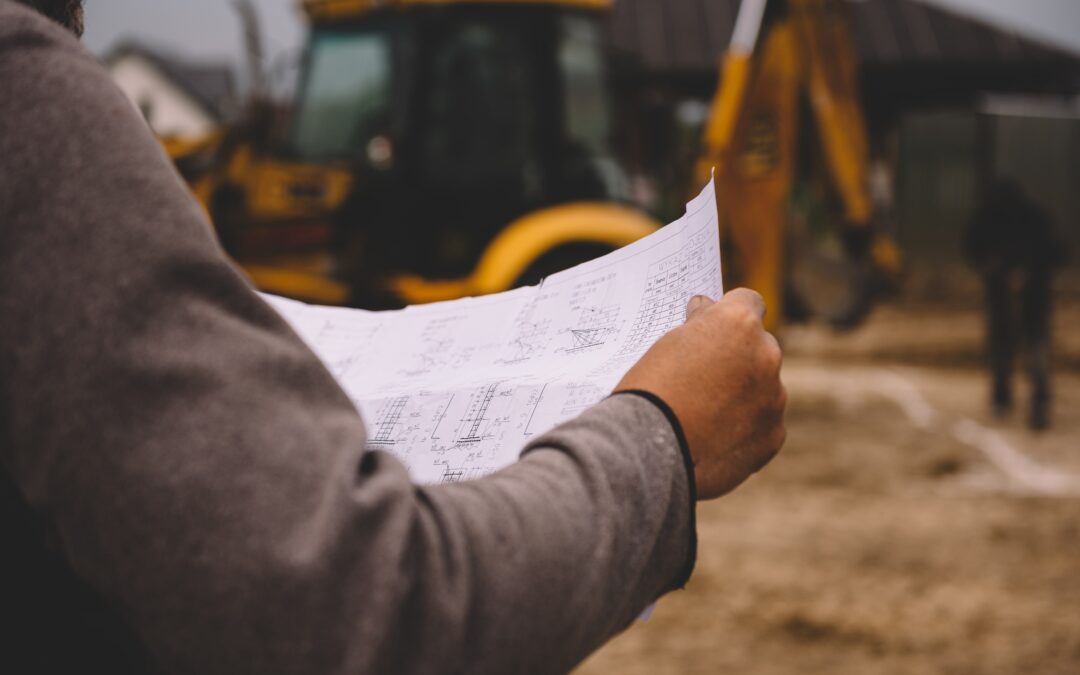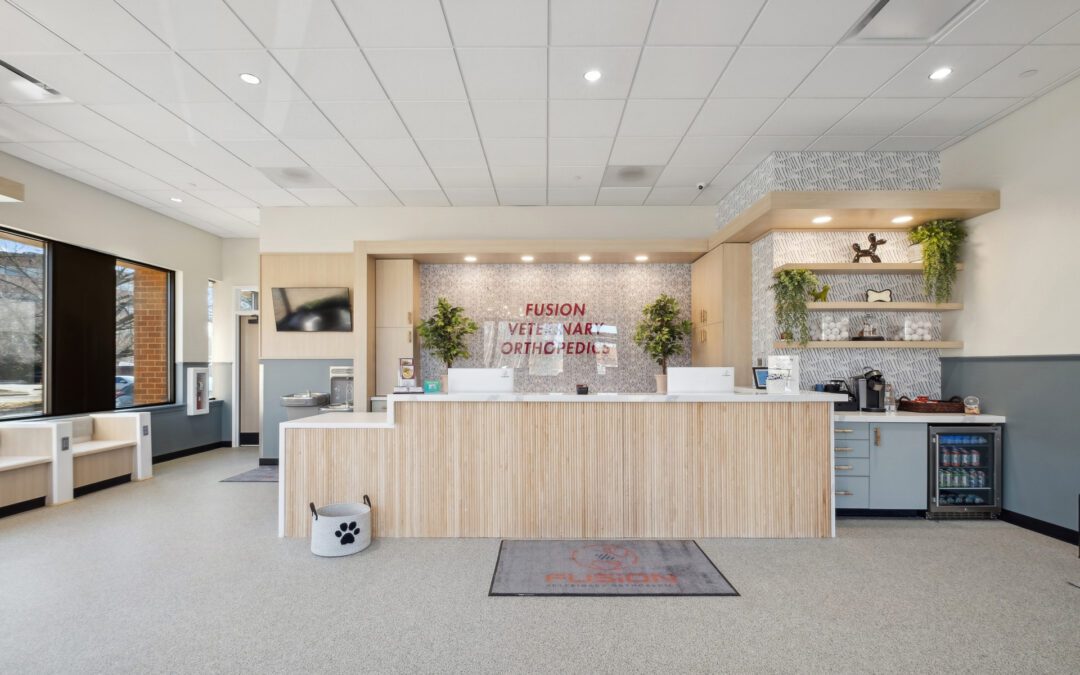Leasing a medical or dental office? Learn 5 critical lease considerations—from AS-IS clauses to contractor use—before you sign. RWE Design Build helps protect your investment.
You’ve gone back and forth trying to decide whether to purchase real estate or lease. You’ve even done your homework by reading the build new vs. renovate blog on our website. Now, you’ve made up your mind that the best decision at this point for your practice is to lease real estate. Before signing a lease, make sure you discuss the following points with your real estate counsel.
- AS-IS Language: Whenever possible, try to negotiate out “as-is” language. Some of the pitfalls, which we’ve seen firsthand, with as-is language are:
- Existing structural issues with either the walls or the slab. We’ve seen structural cracking and heaving floor slabs that require full slab removal to properly install a warrantied finish floor material
- Hazardous conditions (i.e., mold, asbestos, or lead-based paint). Leasors should always provide a space free from hazardous conditions. Mold from previous water damage or asbestos-containing materials, especially in older buildings, are examples of hazardous conditions that would require mitigation by the tenant if this language isn’t negotiated upfront
- Use of Landlord’s Contractors: Typically, the landlord will require the tenant to use a contractor with whom they have an extended warranty (i.e., roofer). However, we have seen leases in which the landlord requires the use of other building contractors (electrical, HVAC, plumber, etc). We suggest pushing back on this clause, as it sometimes prevents the tenant from realizing the market-rate pricing achieved through a competitive bid scenario. If a landlord has preferred contractors, you can compromise by asking your General Contractor to include them in the bid process but try to maintain final authority on which subcontractors are the most qualified and provide the best value for your project
- Costs Associated with a Transfer of Property Ownership: A construction contract would include the insurance costs based on a landlord’s insurance requirements at the time the lease is signed. However, if a property is sold during the course of construction and a new owner has more stringent insurance requirements, then the tenant might be on the hook for the added insurance premiums to meet the new landlord’s insurance requirements. We would suggest adding language for the tenant to either be reimbursed or for the new landlord to accept the insurance limits for construction
projects started prior to a transfer of ownership - Understand Timing: We have seen leases with a short window between when the lease is executed and when the tenant begins paying rent. This is all the more reason to engage a design-build contractor earlier than you might think to set a clear expectation and get a realistic timeline so that you can negotiate this rent abatement period upfront
- Building Due Diligence: This cannot be stated enough. Understanding the existing infrastructure available in a building can make all the difference between a good deal vs. a bad one. On the surface, a building with a seemingly low rental rate might be offset by the costs the tenant will bear to upgrade the mechanical, electrical, and plumbing systems (MEP). MEP costs can account for as much as 40% of a construction project, and the cost might be higher when you include structural or site work improvements that may be necessary in upgrading these systems
These lessons learned aren’t meant to scare you from leasing a space. In fact, quite the opposite. We’ve worked with numerous clients who have utilized these considerations to refine their real estate negotiations and have become very successful business owners. The common theme is that they’ve all engaged with us early on prior to executing a lease. RWE Design Build takes pride in being your advocate and helping you make the most informed real estate decisions for the betterment of your practice. Tap into our team of experts and ask your questions below!




